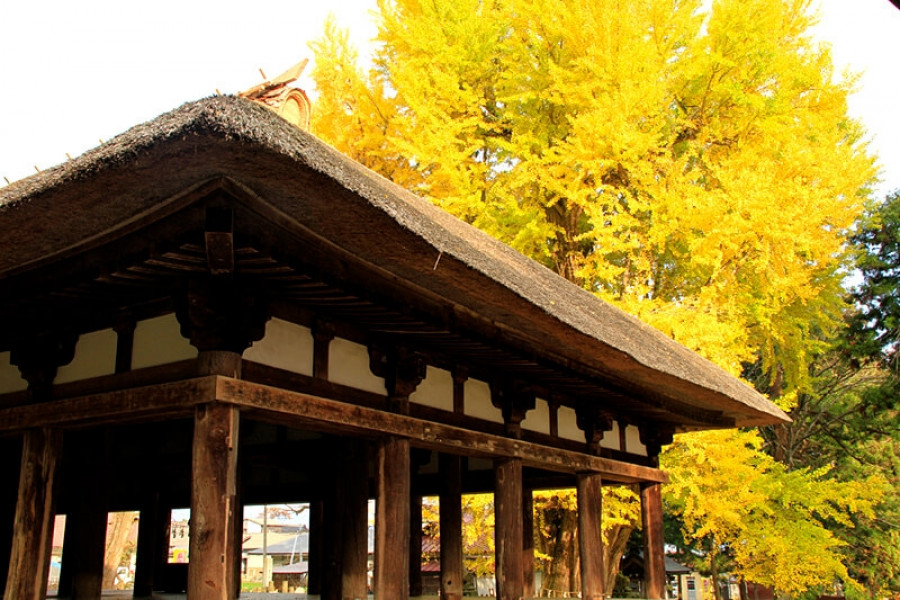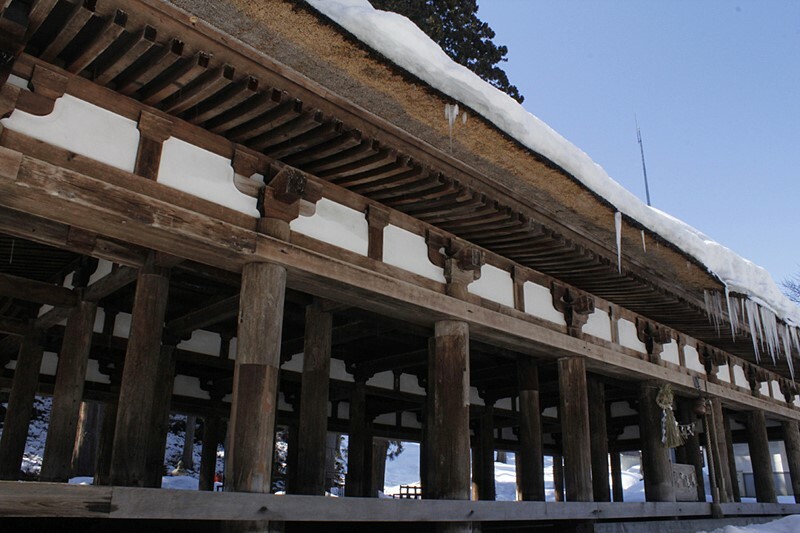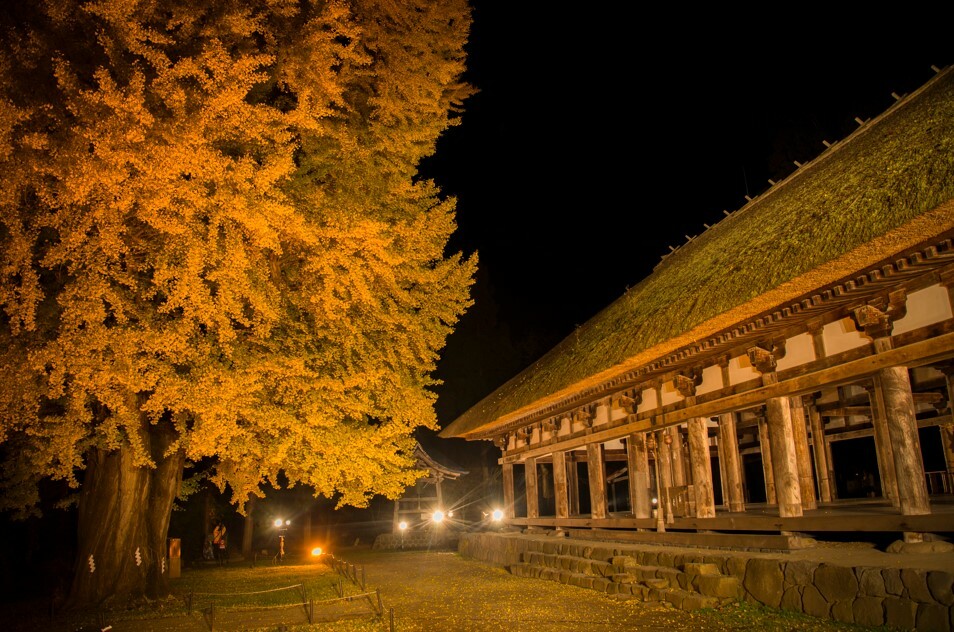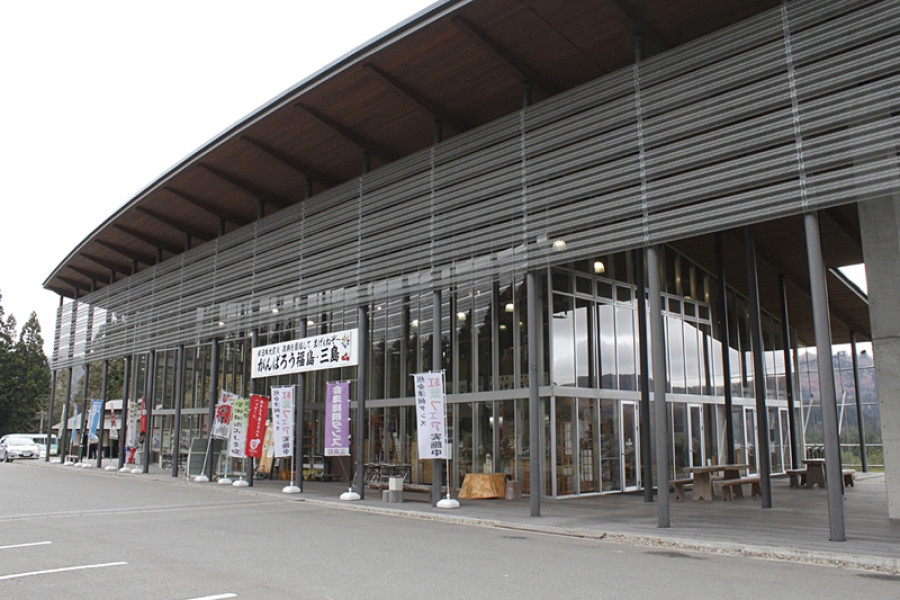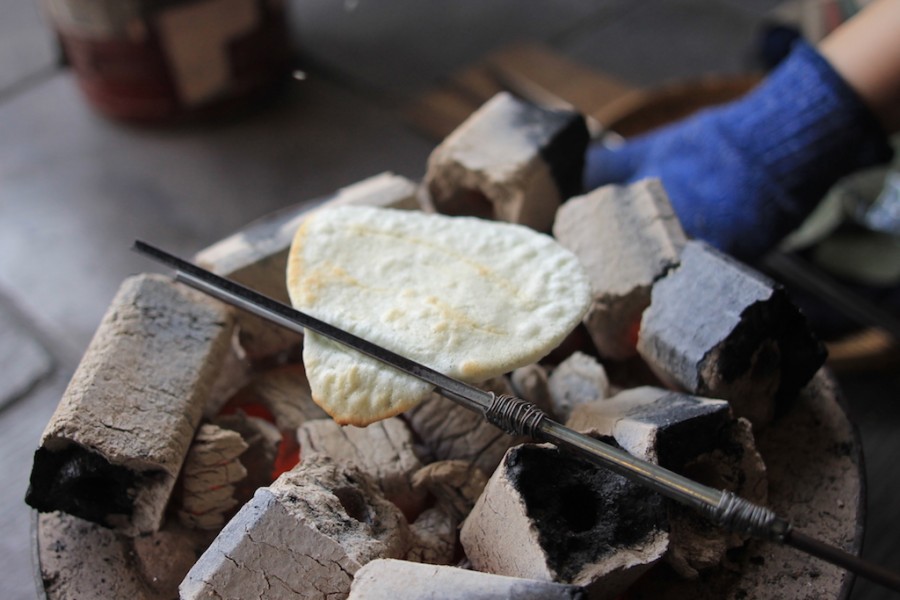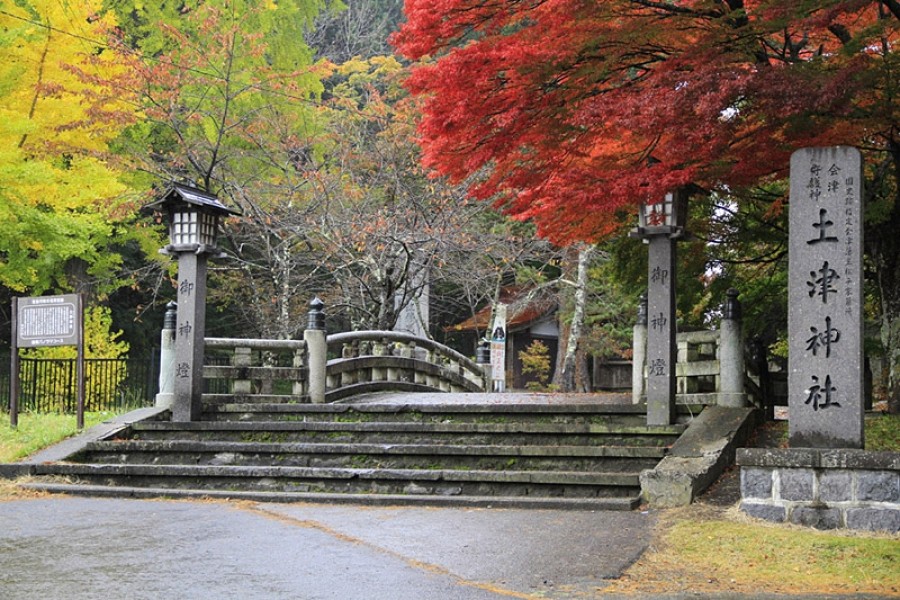
Hanitsu Shrine
This shrine is dedicated to Masayuki Hoshina, who founded the Aizu Domain during the first half of the Edo Period. During the early Edo Period, Hoshima Masanobu – an ancestor of feudal lords from the Aizu Domain – was enshrined at Hanitsu Shrine. The grounds exude a holy atmosphere that can be felt throughout the shrine precincts. The 400 years of history held by this shrine, starting from the Edo Period, will surely be of interest to history enthusiasts and fans of the Aizu Domain alike. During the autumn, the grounds are covered with a gorgeous carpet of bright red leaves. Many tourists and photographers come to visit Hanitsu Shrine in Autumn to capture this scene in their photos.
